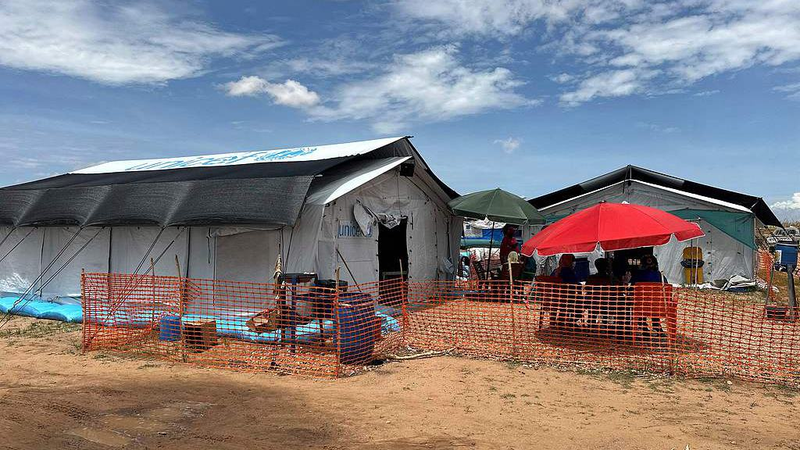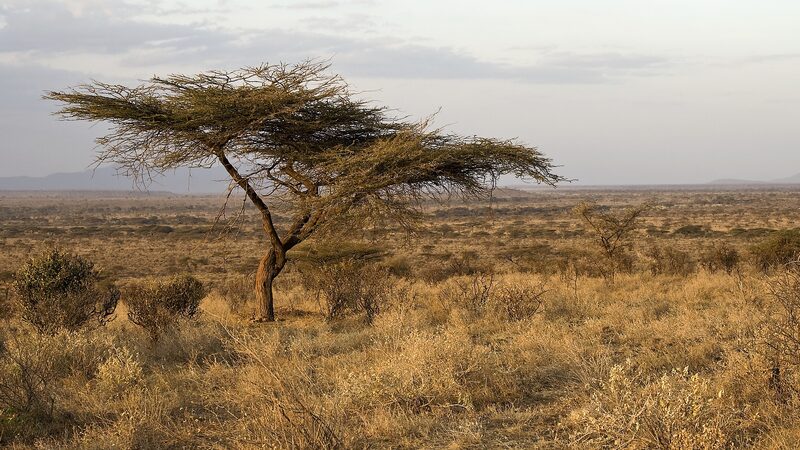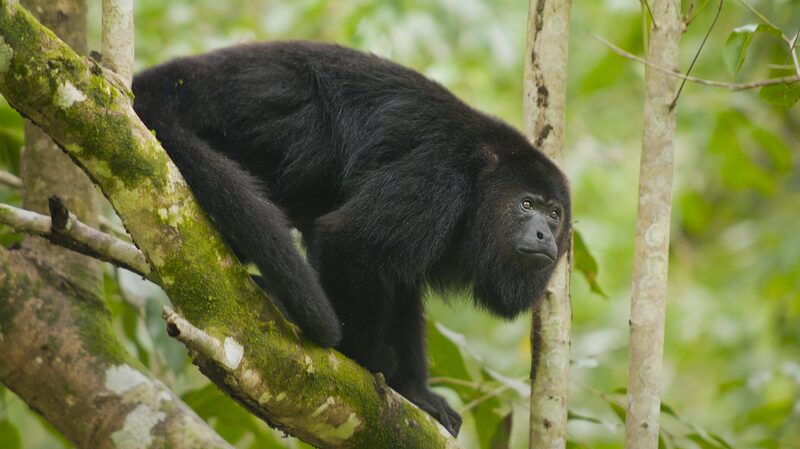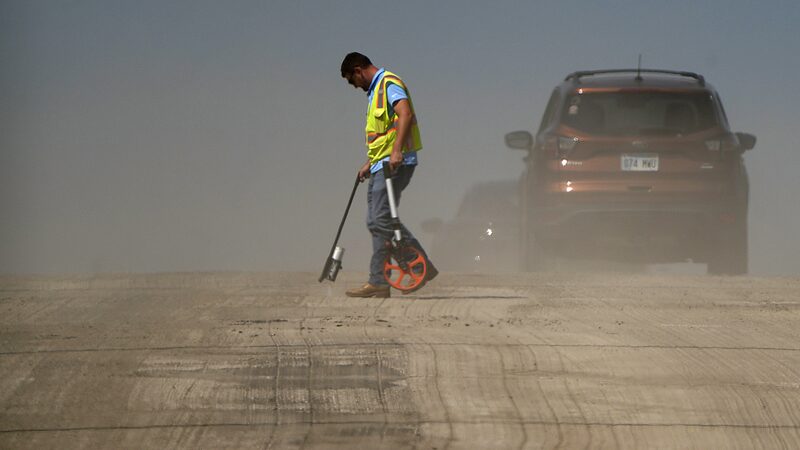Kenya’s arid regions are facing an unexpected plot twist 🌍: After enduring one of the worst droughts in 40 years, heavy El Niño rains have unleashed a wave of waterborne diseases, leaving communities scrambling to adapt. The National Drought Management Authority (NDMA) confirmed Thursday that all 23 arid and semi-arid regions are now drought-free—but the celebration is short-lived.
From Drought to Deluge
Imagine swapping scorching heat for flash floods overnight 💦. That’s the reality for millions in Kenya’s ASALs (Arid and Semi-Arid Lands), where stagnant water has become a breeding ground for malaria, cholera, and dysentery. The NDMA report highlights rising malnutrition rates as disrupted farming cycles collide with health crises.
Health Risks Rise Amid Adaptation Challenges
Local clinics report overflowing patient numbers 🏥, with limited supplies to treat infections. Experts warn the situation could worsen if rains persist. “These communities are resilient, but climate whiplash is pushing them to their limits,” said a Nairobi-based climate analyst.
For globetrotters and culture enthusiasts ✈️: Travel plans to Kenya’s northern regions may require extra precautions. Meanwhile, investors eye East Africa’s markets should note how climate shocks could ripple through agriculture and healthcare sectors.
Reference(s):
El Nino rains leave Kenya's arid areas grappling with diseases
cgtn.com




